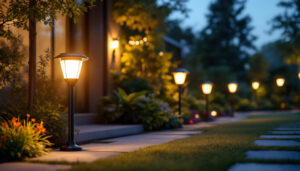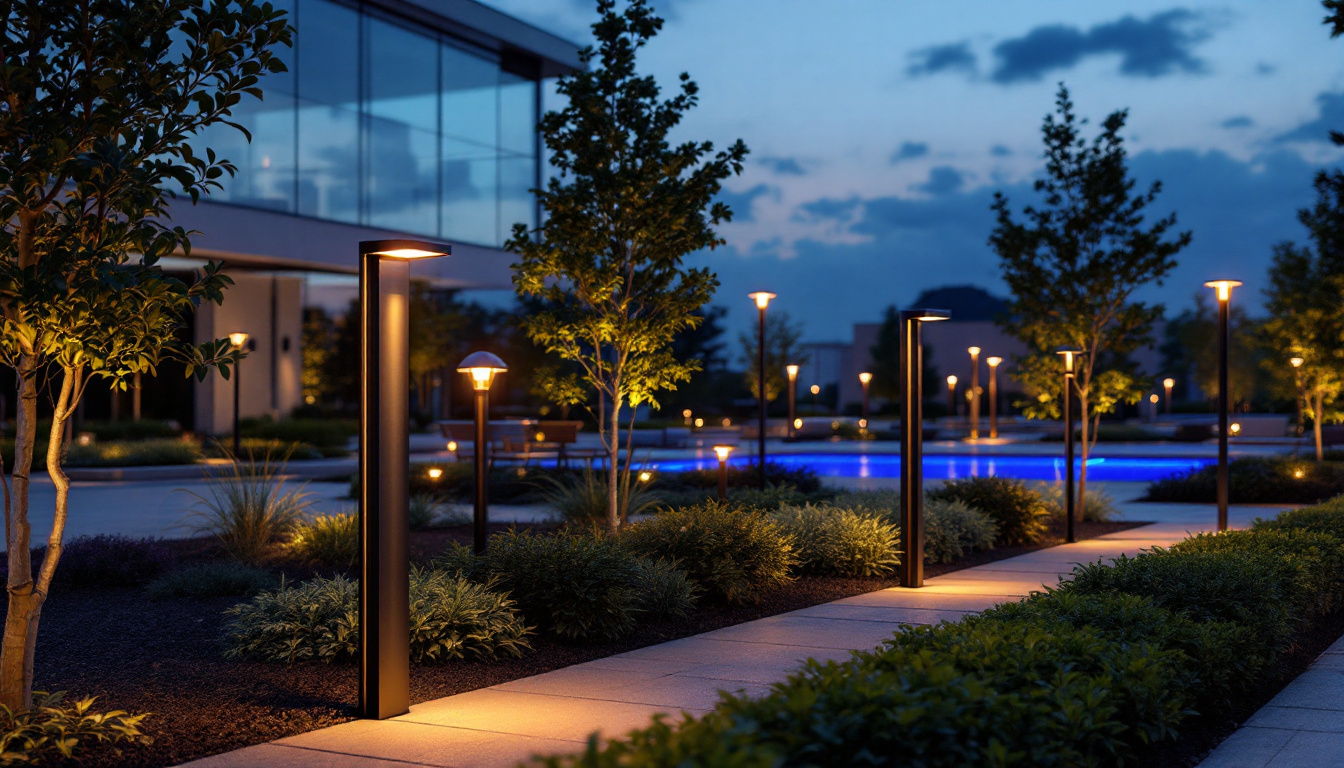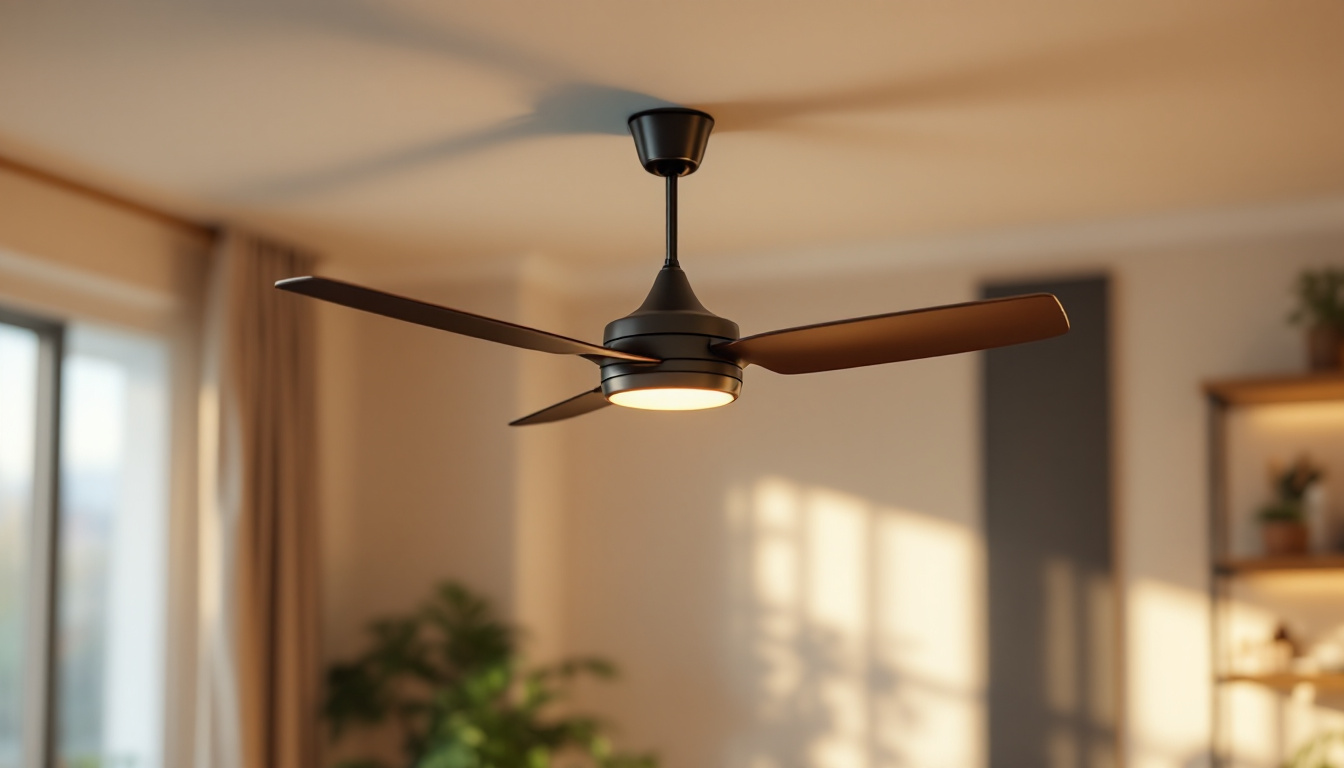

In the world of interior design and home improvement, ceiling fans often play a crucial yet understated role. They not only provide comfort but also enhance the aesthetic appeal of any space. For lighting contractors, understanding the nuances of ceiling fans is essential, especially when it comes to selecting the right models for clients. This article delves into insights shared by expert lighting contractors, focusing on the importance of ceiling fans, their features, and the latest trends in the market.
Ceiling fans are more than just functional appliances; they are integral to creating a comfortable living environment. They help regulate temperature, improve air circulation, and can even contribute to energy savings.
In an era where energy efficiency is paramount, ceiling fans stand out as an eco-friendly option. They consume significantly less energy compared to air conditioning units, making them a popular choice among homeowners looking to reduce their carbon footprint. By circulating air effectively, ceiling fans allow homeowners to set their thermostats a few degrees higher during warmer months, leading to substantial energy savings.
Moreover, many modern ceiling fans come equipped with energy-efficient motors and LED lighting options, further enhancing their sustainability credentials. Lighting contractors should consider recommending these energy-efficient models to clients who are conscious of their environmental impact. Additionally, the use of ceiling fans can extend the lifespan of air conditioning systems by reducing the overall workload, which not only saves money on energy bills but also minimizes the need for frequent repairs or replacements.
Ceiling fans are not just a summer staple; they can be used year-round. During the warmer months, fans create a wind-chill effect that makes the air feel cooler. In the winter, reversing the fan’s direction allows warm air, which rises, to be redistributed throughout the room. This versatility makes ceiling fans a valuable addition to any home, regardless of the season.
For lighting contractors, educating clients about the dual functionality of ceiling fans can enhance their value proposition. Clients may not realize that a well-placed ceiling fan can help maintain a comfortable temperature year-round, thereby increasing their satisfaction with the installation. Furthermore, the aesthetic appeal of ceiling fans has evolved dramatically, with a variety of designs available to complement any interior décor. From sleek, modern styles to rustic, vintage looks, homeowners can select fans that not only serve a practical purpose but also enhance the overall ambiance of their living spaces.
In addition to their aesthetic and functional benefits, ceiling fans can also play a role in improving indoor air quality. By promoting better air circulation, they help to reduce humidity levels and prevent the buildup of allergens and stagnant air. This is particularly beneficial for families with allergies or respiratory issues, as improved airflow can lead to a healthier living environment. As such, ceiling fans are not merely a luxury but a practical solution for enhancing comfort and well-being in modern homes.
When selecting ceiling fans for clients, lighting contractors should consider several key features that can significantly impact performance and aesthetics.
The size of the ceiling fan is crucial for both functionality and design. A fan that is too small for a room will struggle to circulate air effectively, while an oversized fan can overwhelm the space. Lighting contractors should measure the room dimensions and recommend fan sizes accordingly. Generally, fans with blades spanning 42 to 48 inches are suitable for small to medium rooms, while larger rooms may require fans with blades 52 inches or more.
Additionally, the height at which the fan is installed can affect its performance. Fans should ideally be installed 8 to 9 feet above the floor for optimal airflow. This height consideration is particularly important in homes with high ceilings, where downrods may be necessary. Furthermore, the angle of the blades can also influence air circulation; a fan with a pitch of 12 to 15 degrees is typically most effective, as it allows for greater airflow without straining the motor.
Ceiling fans come in a variety of styles, from traditional to contemporary, allowing homeowners to choose a design that complements their decor. Lighting contractors should be familiar with different styles and finishes, such as rustic wood, sleek metal, or modern glass, to help clients make informed decisions. The choice of color and texture can also play a significant role in how well the fan integrates with the existing decor, making it essential to consider the overall theme of the room.
Moreover, the integration of ceiling fans with lighting fixtures can enhance the overall aesthetic. Many modern ceiling fans come with integrated LED lighting, providing both illumination and airflow. This dual functionality can be a selling point for clients looking to maximize their space. Additionally, some fans are designed to accommodate light kits, allowing for customization in terms of brightness and ambiance. This flexibility can be particularly appealing in multi-functional spaces, such as living rooms or open-concept areas, where lighting needs may vary throughout the day.
Advancements in technology have led to a variety of control options for ceiling fans. Traditional pull chains are still common, but many homeowners now prefer remote controls or wall-mounted switches for convenience. Smart ceiling fans that connect to home automation systems are also gaining popularity, allowing users to control their fans via smartphone apps or voice commands. These smart fans can often be programmed to adjust speed and direction based on the time of day or occupancy, providing an energy-efficient solution that aligns with modern living.
Lighting contractors should stay informed about the latest control technologies and offer clients options that suit their lifestyle. Educating clients about the benefits of smart technology can enhance their overall experience and satisfaction with the product. Additionally, some fans offer features like reverse functionality, which allows for seasonal adjustments—cooling in the summer and redistributing warm air in the winter—further enhancing their versatility and energy efficiency. This level of customization can be a significant selling point, particularly for environmentally conscious clients looking to reduce their energy consumption while maintaining comfort in their homes.
The ceiling fan industry is continually evolving, with new trends emerging that reflect changing consumer preferences and technological advancements. Staying abreast of these trends is essential for lighting contractors looking to provide the best options for their clients.
Smart ceiling fans are at the forefront of modern home technology. These fans can be controlled remotely via smartphone applications, allowing users to adjust settings from anywhere in the home. Some models even feature built-in sensors that can adjust fan speed based on room temperature or occupancy.
For lighting contractors, recommending smart ceiling fans can add value to their services. Clients appreciate the convenience and energy-saving features that come with smart technology, making it an attractive selling point.
Minimalism continues to be a popular trend in home design, and ceiling fans are no exception. Sleek, unobtrusive designs that blend seamlessly with the decor are highly sought after. Lighting contractors should be aware of the minimalist options available and guide clients toward fans that offer both style and functionality without overwhelming the space.
In addition, many minimalist fans feature clean lines and neutral colors, making them versatile enough to fit into various design schemes. This adaptability can be a significant advantage when working with clients who have specific aesthetic preferences.
As outdoor living spaces become more popular, outdoor ceiling fans are experiencing a surge in demand. These fans are designed to withstand the elements, featuring weather-resistant materials and finishes. They provide comfort on patios, decks, and porches, allowing homeowners to enjoy their outdoor spaces year-round.
Lighting contractors should educate clients about the benefits of outdoor ceiling fans, including their ability to enhance airflow and keep insects at bay. Offering a selection of stylish outdoor fans can set contractors apart in a competitive market.
Proper installation is crucial for the performance and longevity of ceiling fans. Lighting contractors must be well-versed in installation best practices to ensure client satisfaction.
Ceiling fans require specific electrical considerations to operate safely and efficiently. Contractors should ensure that the electrical box used for the fan is rated to support its weight and movement. Additionally, verifying that the wiring is adequate for the fan’s power requirements is essential to prevent any electrical issues.
It is also advisable to educate clients about the importance of hiring a professional for installation. While some homeowners may attempt to install ceiling fans themselves, improper installation can lead to safety hazards and decreased performance.
After installation, it is important to ensure that the ceiling fan is properly balanced. An unbalanced fan can wobble, creating noise and potentially damaging the motor over time. Lighting contractors should take the time to balance the fan during installation and educate clients about the signs of an unbalanced fan.
Regular maintenance is also essential for keeping ceiling fans in optimal condition. Contractors can provide clients with guidelines on cleaning and maintaining their fans, ensuring they continue to operate efficiently for years to come.
Ceiling fans are an essential component of modern home design, offering both comfort and style. For lighting contractors, understanding the importance of ceiling fans, their key features, and the latest trends is crucial for providing exceptional service to clients. By staying informed and offering expert advice, lighting contractors can help homeowners make informed decisions that enhance their living spaces.
As the demand for ceiling fans continues to grow, so does the opportunity for lighting contractors to expand their offerings and expertise. By embracing the latest technologies and design trends, contractors can position themselves as trusted advisors in the world of ceiling fans, ultimately leading to increased client satisfaction and business success.
Ready to elevate your lighting game? Look no further than LumenWholesale for a vast array of ceiling fans that combine style, efficiency, and the latest technology. Our spec-grade lighting products are designed to meet the needs of the most discerning contractors, all at unbeatable wholesale prices. Say goodbye to middleman markups and hello to premium quality and value. Plus, with free shipping on bulk orders, you can stock up on superior lighting solutions without worrying about extra costs. Don’t compromise on quality or price. Discover wholesale lighting at the best value today and light up your projects with confidence.

Discover the crucial warehouse fixtures that lighting contractors frequently miss.

Discover essential insights into bollard lights with our comprehensive guide tailored for lighting contractors.

Discover the essential insights lighting contractors need about vapor tight lighting.

Discover why ceiling fans are a crucial consideration for lighting contractors.
Get notified when NEW deals are released.
Optimize your budget with wholesale discounts.
Only top-quality, specification-grade lighting products.
No additional costs at checkout - what you see is what you pay.
We understand the unique needs of contractors.